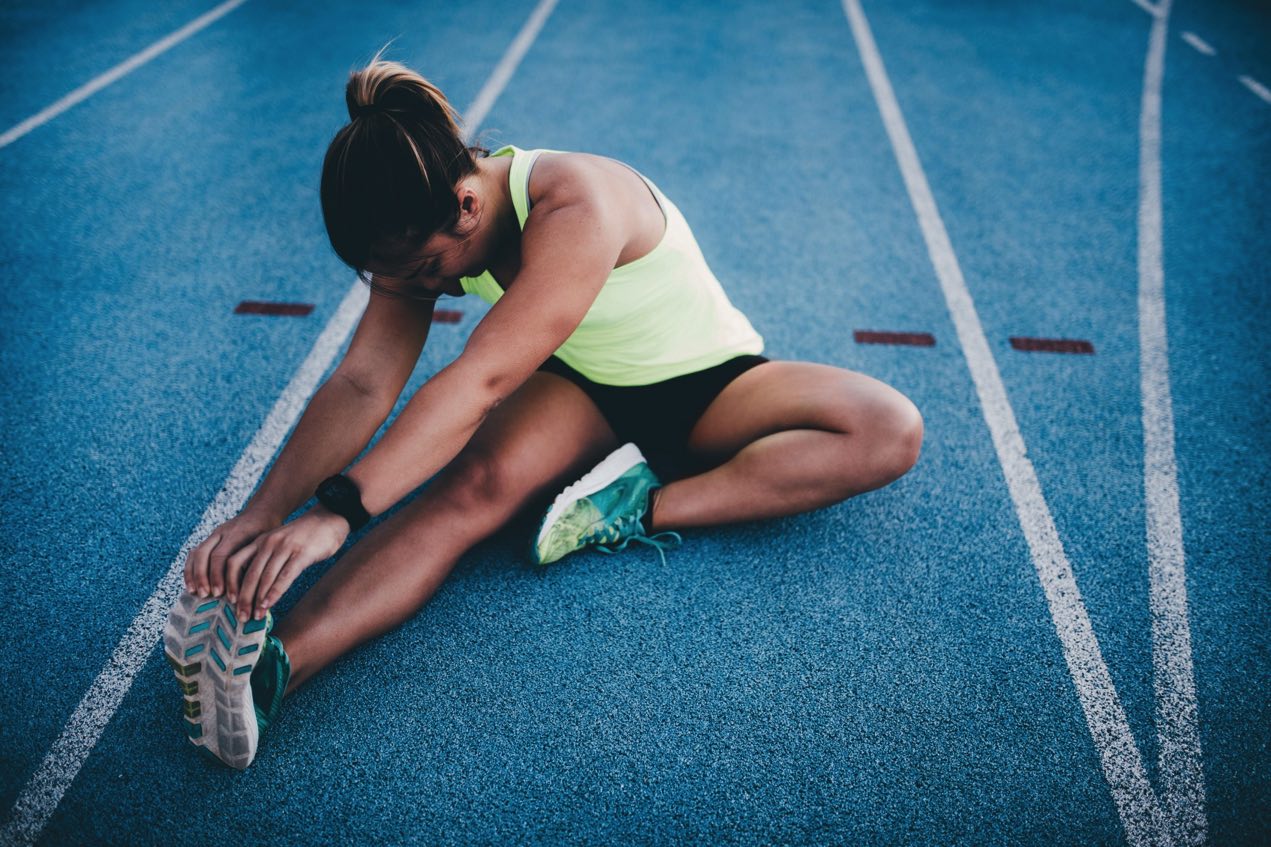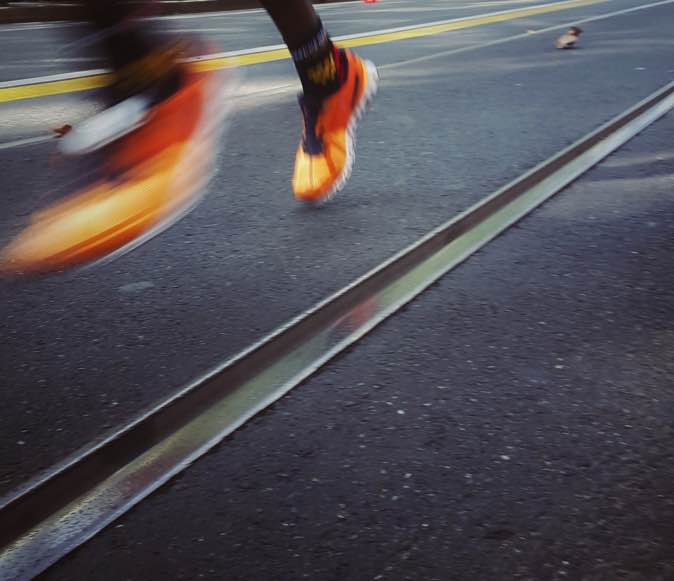Running is a pleasurable and healthy activity. Still, few things can slow a runner down like an unexpected injury. From heel aches to muscle damage, there’s a wealth of problems that any active person may encounter. So, here are some of the most common running ailments and how to treat them as soon as possible.
Plantar fasciitis
Runners will often experience an aching pain in their heel when they are suffering from plantar fasciitis. Plantar fasciitis occurs when the plantar fascia, which attaches under your heel bone and along the bottom of your foot, becomes inflamed or tears. The reason so many runners experience this particular problem is because they overexert the area when they are training. Doing so can damage the fascia, which results in pain. Aside from those who are physical activity, individuals suffering from inflammatory arthritis are often at risk of suffering from this problem.
Treatment: Winding down your regular exercise routine is the best course of action to ensure that you relieve the pain of plantar fasciitis. Stretching your Achilles tendon and the plantar fascia using home equipment like a foot stretcher or golf ball may be the most logical way to go. Read more here about the best foot stretchers available. Failing that, it may be worth seeking the advice of a medical professional who can offer guidance on the exercises that are advisable.
Iliotibial band syndrome
The iliotibial band is the tendon that connects the hip to the knee and helps stabilize the joint. Those suffering from iliotibial band syndrome (ITBS), will experience extreme pain, especially when they are running down a hill. The syndrome occurs when there is friction from an inflamed IT band rubbing against the knee. It affects the side of the knee area, which means that running can become an uncomfortable and painful activity. The cause of this particular injury is repeated physical activity in which your leg is turned inward, i.e. running worn out shoes, running in the same direction over and over, or running on a slope. The mounting friction between the iliotibial band and the femur is unsustainable, thus resulting in an injury.
Treatment: Experts tend to recommend that runners take a step back from their general training regime. Continuing to put pressure on this tendon could well result in further problems, which is something that needs to be avoided at all costs. A course of massage therapy may help to ease the pain and repair any damage to the area. Using a foam roller to gently massage the quadriceps and hamstring areas is a popular form of treatment for ITBS as well.
Lateral Compartment Syndrome
The peroneus brevis and peroneus longus muscles make up the lateral compartment in the lower part of the leg. When an injury or strain takes place, it can cause swelling and bleeding in the muscle sheath, which then leads to Lateral Compartment Syndrome. The excess of fluids and swelling can mean that the muscle or tendon grows too large for the sheath around it leading to extra pressure and pain in the lower areas of their leg. Often enough, this will make it difficult for the person to continue running or engaging in any form of physical activity. It may also lead to tenderness in the calf area.
Treatment: If the ailment is acute, it can be treated by the runner themselves, rather than a medical professional. Cold therapy is advisable in these cases. Placing an ice pack directly onto the area for 10 – 20 minutes 3 or 4 times a day can help to relieve the pain. On the other hand, if the injury is chronic and persists for more than a week or so, the individual will need to seek the help and advice of a doctor.
Shin splints
Shin splint is actually a blanket term which encompasses a whole range of problems that runners may face. Often, these injuries involve damage to the tibia, which can result in extreme pain. The term also covers instances when the muscles become inflamed and tender due to excessive use. Regardless, the individual will find that it’s uncomfortable to walk and, indeed, run. Much of the time, this ailment occurs after a sudden increase in the amount of training that a person undertakes.
Treatments: Taking anti-inflammatory medication is the first step in treating this particular injury. It is also advisable for an individual to scale down their running routine and get as much rest as they can. They will need to give their muscles a chance to recover fully from the injury before continuing to train. Ice packs and cold therapy may offer some beneficial results too. Should the issue persist for a long period or cause extreme pain, a person should seek a medical evaluation from their doctor or sports therapist.

















My husband & I have always been athletes since our school days, running, jogging, swimming, triathlons, squash, tennis etc. We are now both in our 60’s and have found we have had to cut back on some of our repetitive, strenuous activities. We still compete in the Masters Swimming championships but no longer compete in Fun-runs, marathons or triathlons. Recently my husband developed a severe case of Achilles Tendinitis, where he was unable to weight bear and the heel pain was excruciating. He was referred for scans and his GP noted that he was suffering from heel spurs. He was prescribed anti-inflammatories, analgesics and corticosteroids. He had to stop jogging and cut back on his longer walks. Most of the medications provided transient relief, so he decided to change his footwear and tried some silicone heel supports. Within a day of using the heel supports/sleeves, he found his symptoms virtually disappeared. They were easy to apply and he was able to wear with his thongs and sandals. I would recommend these to any people with heel problems. If anyone wishes to purchase a pair of these for a very reasonable price, head to Gum Tree. Silicone Heel Sleeves.